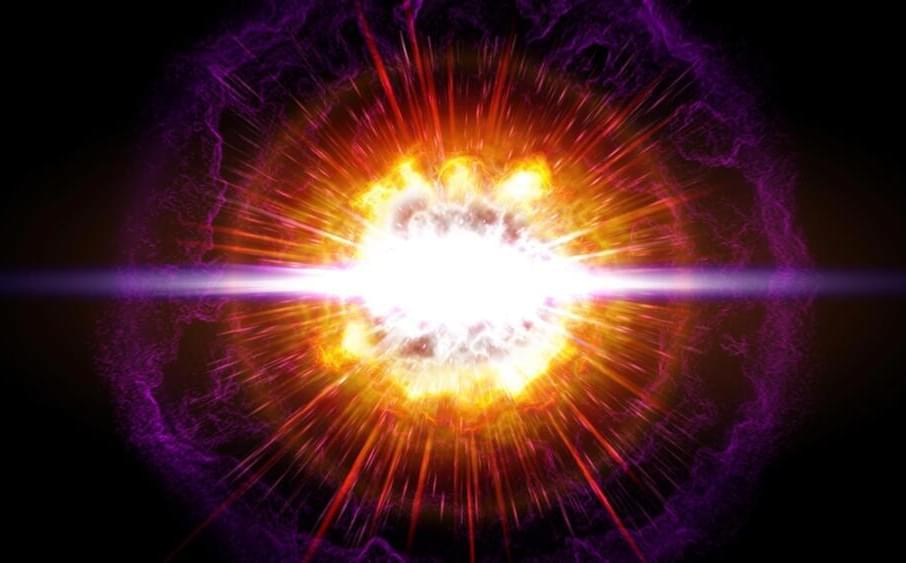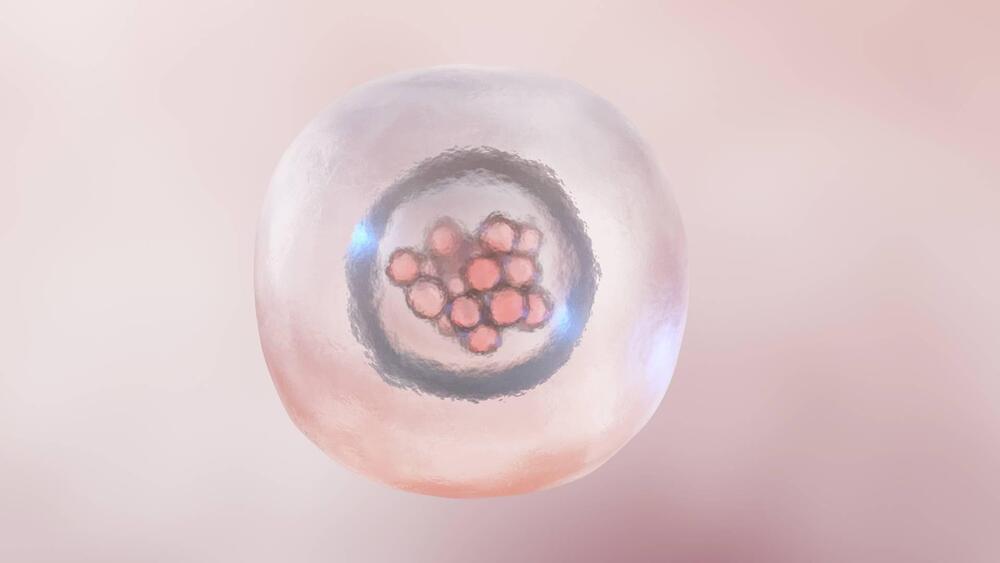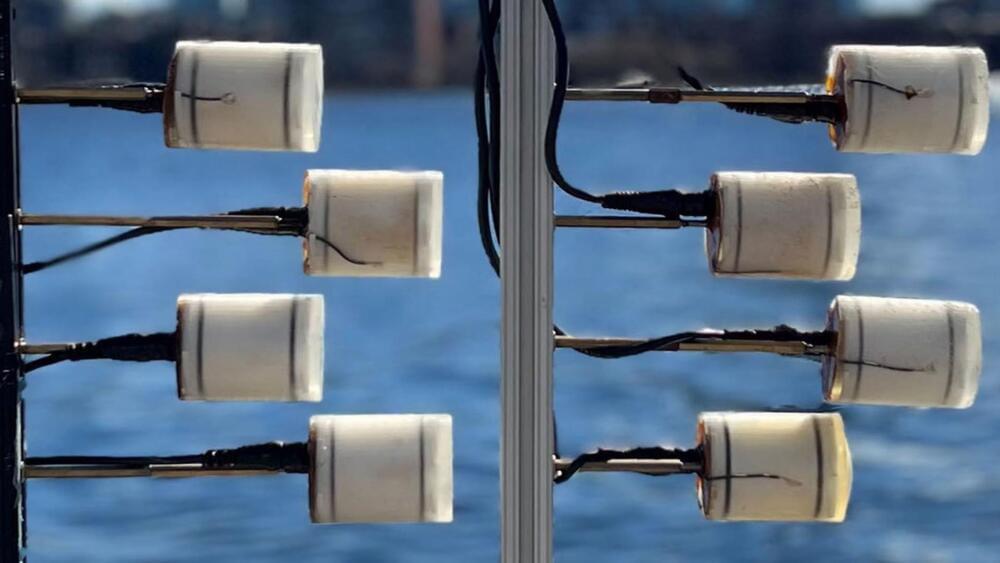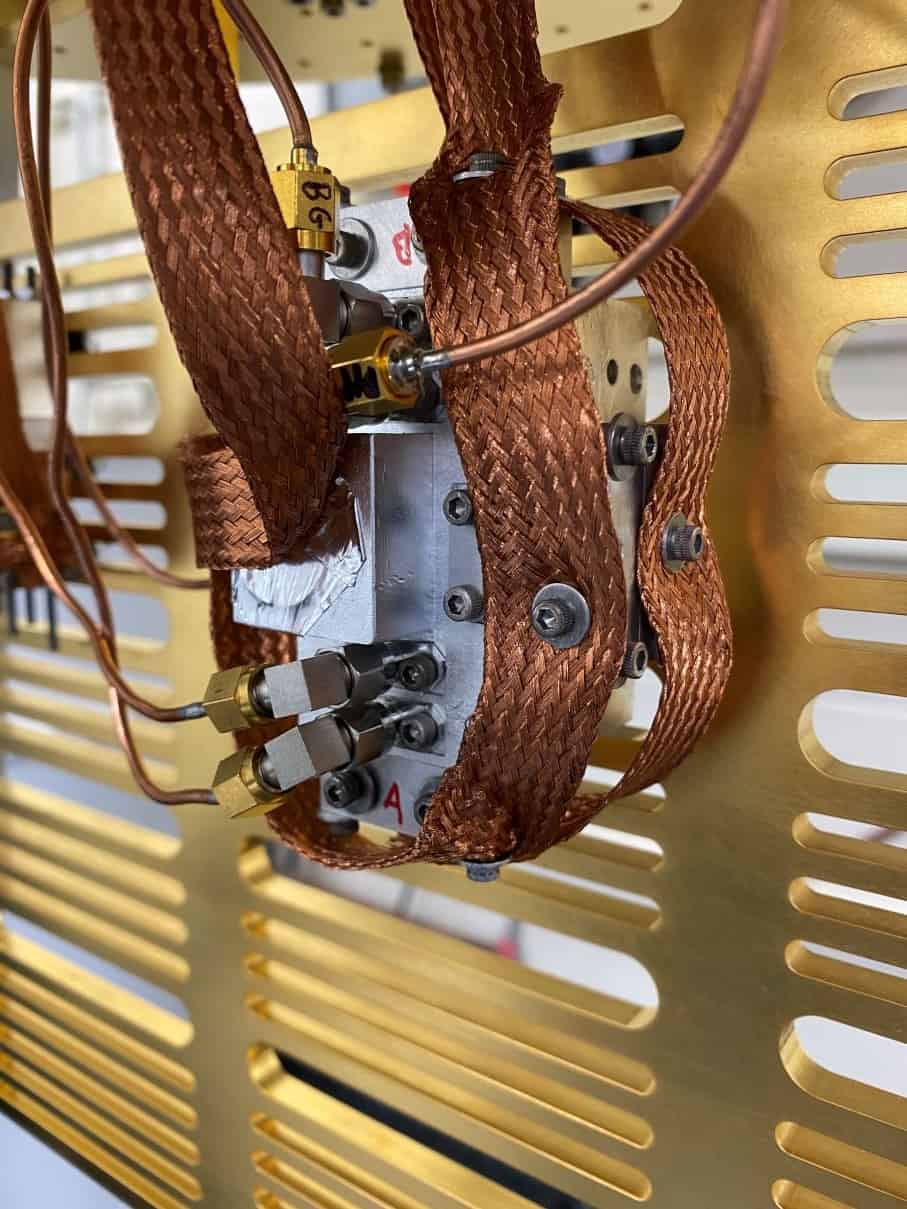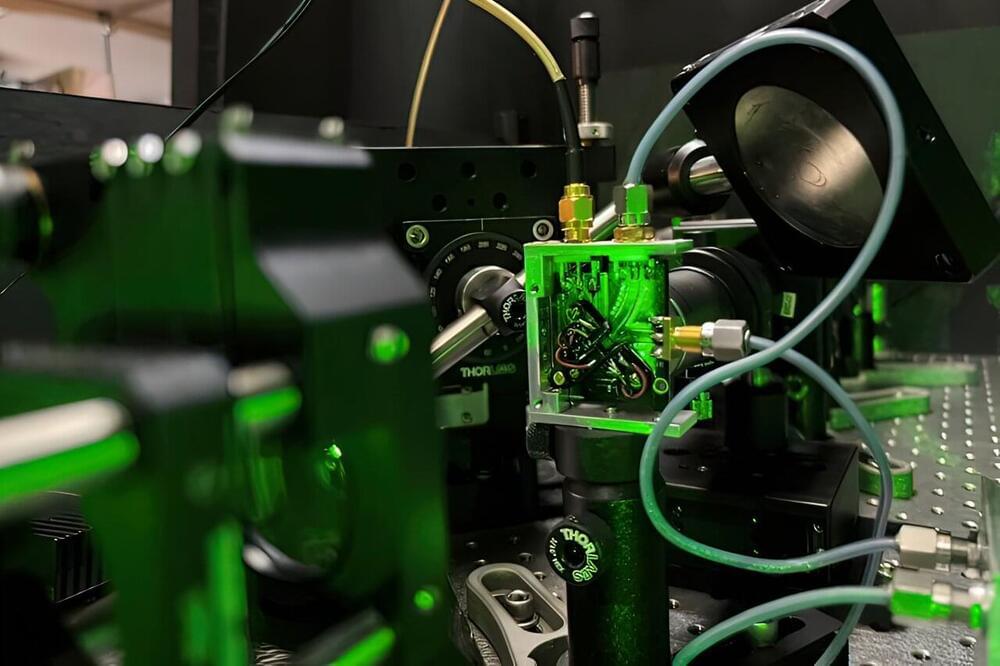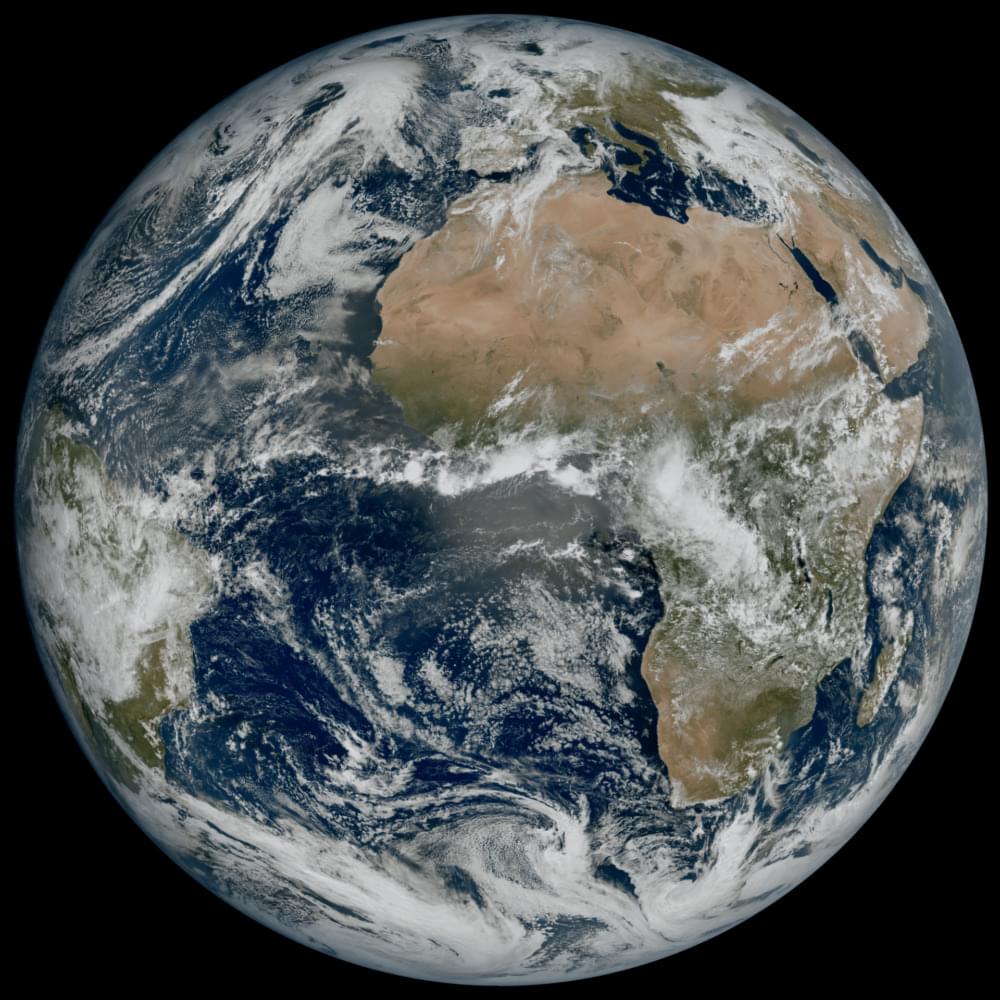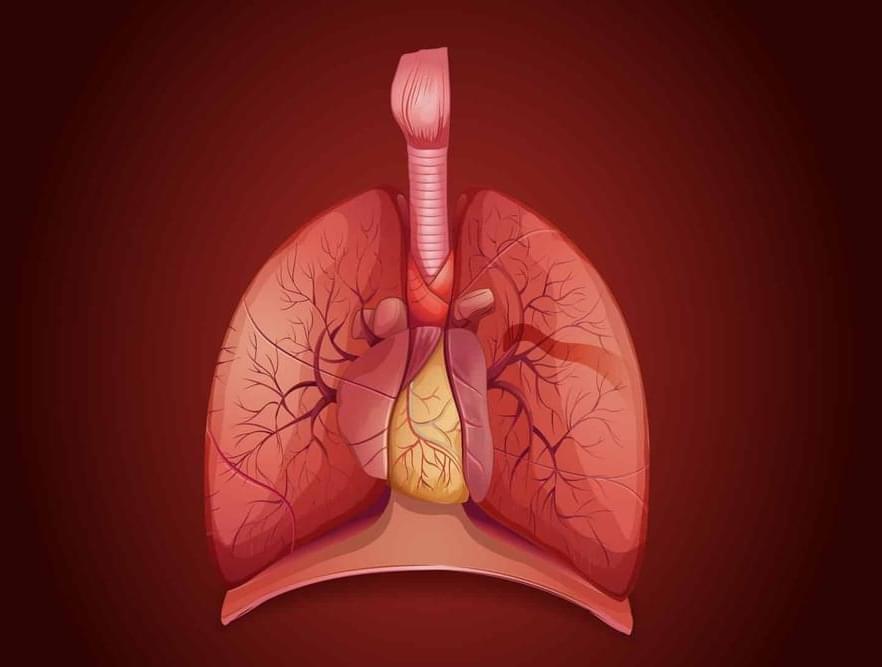Sep 7, 2023
Astronomers detect new type of brightest cosmic explosion
Posted by Gemechu Taye in category: space
The newly found explosion is so powerful that it produced brightness comparable to hundreds of billions of Suns.
The vast and continuously expanding nature of our universe implies that there is a high probability that our current knowledge and documentation of it represent only a small fraction of the whole picture. And there are millions of new cosmic events and objects waiting to be discovered.
Scientists have now discovered an unusual type of star explosion that is exceptionally luminous and outshines the majority of known supernovae.
